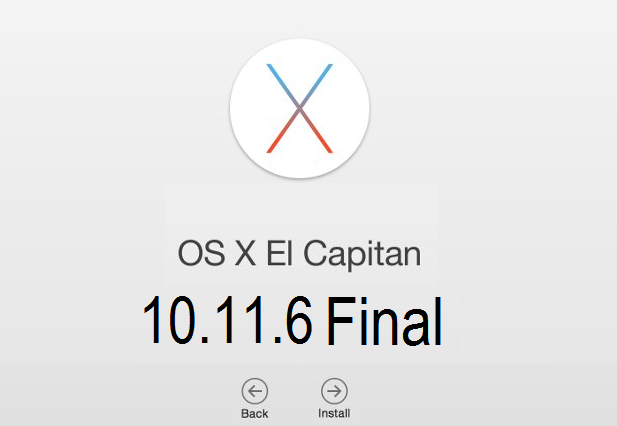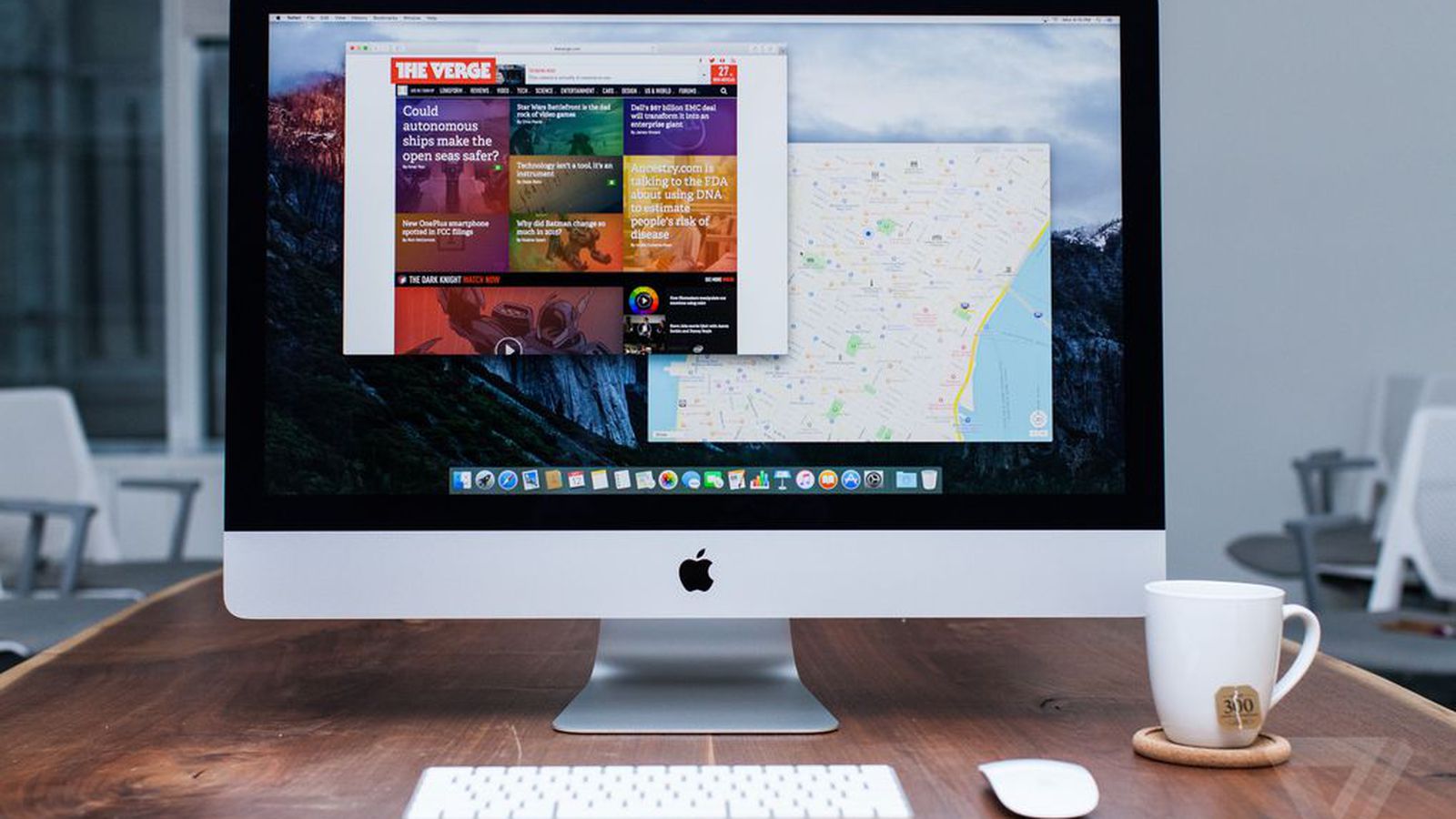The OS X El Capitan 10.11.4 update improves the stability, compatibility, and security of your Mac, and is recommended for all OS X El Capitan users. This update:. Adds the ability to passcode-protect notes containing personal data in Notes. Adds the ability to sort notes alphabetically, by date created, or date modified in Notes. Adds. Apple has officially releases the full and final Mac OS X El Capitan 10.11.6 (Build: 15G31) Delta / Combo Update with Safari 9.1.2 web browser for general public user. Mac device users can instantly upgrade to OS X 10.11.6 Final Version to experience all new features, functions, fixes and improvements.
Os X 10 10 Update
Mac OS X Standalone Updates
This page describes Mac® OS X Standalone Updates and provides links to such.
About Standalone Updates
Standalone Updates enable you to apply updates to Mac OS X in lieu of using Software Update. They are downloaded to your Mac and installed by mounting the associated disk image and launching the Installer package therein.
There are two types of Standalone Updates: Individual and Combo.
Individual Updates update one version of Mac OS X to the subsequent version. For example, the Mac OS X 10.7.4 Update updates Mac OS X 10.7.3 to version 10.7.4. Individual Updates are also known as Delta Updates.
Combo Updates update the base version of a Mac OS X release to the version specified in the Combo Update, including all intermediate updates. For example, the Mac OS X 10.7.4 Combo Update updates:
How To Upgrade From Os X 10.11.6
- Mac OS X 10.7 to Mac OS X 10.7.4 with one installation, as opposed to installing the individual Mac OS X 10.7.1, 10.7.2, 10.7.3, and 10.7.4 updates.
- Mac OS X 10.7.2 to Mac OS X 10.7.4 without installing the individual Mac OS X 10.7.3 and Mac OS X 10.7.4 updates.

Standalone Updates are generally available 24 to 48 hours after the corresponding Update is available through Software Update.
If you burn a Standalone Update to an optical disc or copy it to a USB flash drive, its disk image must be copied to your desktop or another location on your Mac OS X startup disk in order to be installed.

About the Standalone Update tables
To access the page from which you download a Standalone Update, click the link in the Update column corresponding to the desired Update.
To review detailed information about the changes to Mac OS X included in a specific Update, click the link in the Description column corresponding to the desired Update. This will open the corresponding 'About this Update' document. Note that:
- Some Standalone Updates do not have a corresponding 'About this Update' document. In such cases, the information about the changes incorporated in the Update is provided in the page from which the Update is downloaded.
- In some cases, the 'About this Update' document for a Combo Update is the same as the corresponding Individual Update.

The following Standalone Update tables are available:
- Mac OS X 10.7 Lion Updates.
- Mac OS X 10.6 Snow Leopard® Updates.
- Mac OS X 10.5 Leopard® Updates.
- Mac OS X v10.4 Tiger® Updates. Note that PPC means PowerPC™.
Note that standalone updates are no longer available from Apple for Mac OS X 10.3 Panther® and Mac OS X 10.2 Jaguar.
This page will be updated as new Standalone Updates become available.
Hi,

I'm running OS X El Capitan on a late 2011 Macbook Pro and recently I've been trying to install the update which includes the security update 10.11.6 but when I do it gets stuck and crashes. It apparently loads the install but then hangs on the grey screen with the apple logo and the progress bar at full, and will stay on this screen all day if I let it. I've tried turning off and back on and it just gets stuck on this same screen and the only way to get my computer up and running is to restore from my latest backup but as soon as I try the update again it crashes.
I tried 'bypassing' the update and upgrading to OS X Sierra instead but I get stuck at the same screen, likewise if I start the Mac in recovery mode and try to install a fresh OS X. I've tried starting in safe mode and verbose mode which doesn't work. If starting in verbose mode I just get this, and the last line just keep repeating over and over.
Does anyone have any idea what's going on and how to fix it? Once I've restored from Time Machine I can turn off the MBP and back on again, and I can restart the Mac, providing it's not trying to install the update.
Any help would be greatly appreciated as this is driving me mad.
P.S. I don't know if this is linked but recently I've been having issues ejected external drives, flash drives and SD cards. I click to eject and the icon of the drive goes from the desktop but then I get the pop up saying that it couldn't eject the drive and gives the options to retry, cancel or force eject. The only way to get rid of the pop up is to force eject.
MacBook Pro, Mac OS X (10.7.4)
Posted on Apr 17, 2017 2:03 AM